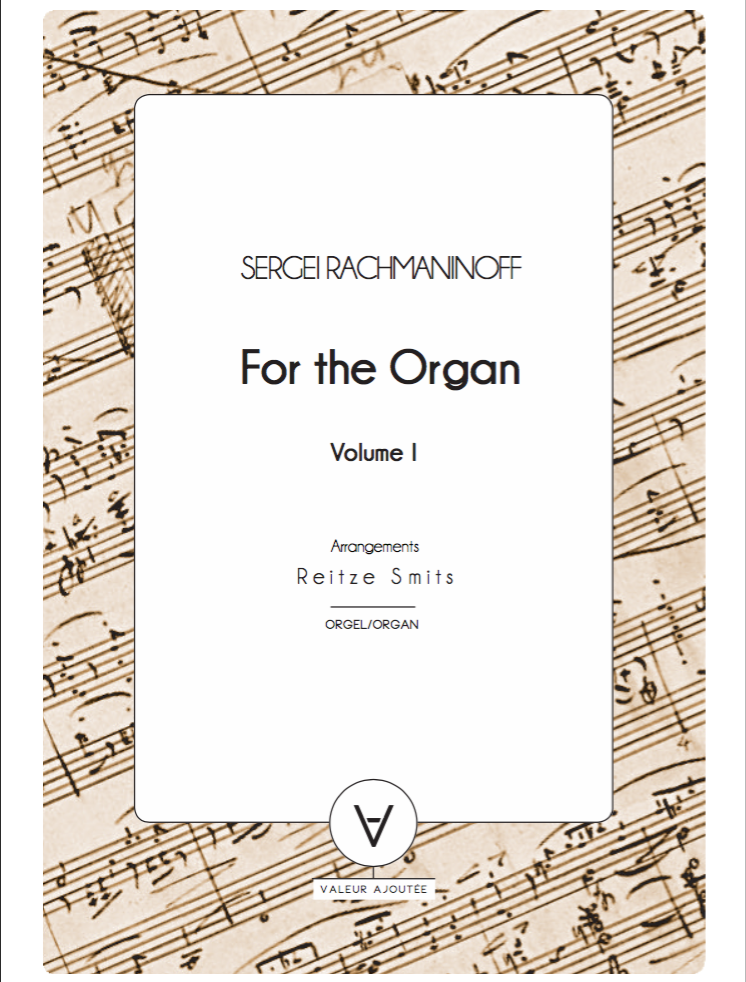Valeurajoutee has published three volumes with arrangements of piano music by Rachmaninoff (currently available for order at Boeijengamusic.com).
Both well-known works such as the Prelude in G minor and the Vocalise are included, as well as lesser-known works, both simple and virtuoso.
A large part of this is included on the CD recording from Diekirch (see bottom of this page).
First a teaser:
Sergei Rachmaninoff, who has been called the last Romantic, was both admired and reviled. Because he continued to write in an idiom that was old-fashioned for his day, he was ridiculed by colleagues and the press. The innovations of the 20th century music passed him by. Yet he himself was enthusiastic about a progressive work like Stravinsky's Firebird. Perhaps Stravinsky in turn gave the most honest assessment of his fellow countryman: "At 25 he was already an 'old' composer. But don't think that I despise him for that. He was a fantastic man and there were many long before him who deserve to be denigrated. When I think of him, his tranquility forms a noble contrast to the complacency of many other musicians." *
Rachmaninoff's accessible style made him a popular choice for a wide audience. The sincere expression of his music, the melancholy, the captivating melodies and his passionate performances convinced many. The adherence to the late- 19th century style was more than nostalgia. The dramatic events in his homeland, which he would never see again, and his forced departure strongly determined his attitude to life. The loss of Russia is expressed in almost all his music, which may well have been a compensation for that loss, protecting him from a depression that was always lurking.
After a successful start to his career as a pianist, conductor and composer, he had to leave Russia after the revolution of 1917. He eventually moved to America, where he performed on all the major stages. Of his works, the 2nd piano concerto known. His piano music is still an important part of the repertoire of all piano virtuosos. Famous is the Prelude in C sharp (which he composed as a 19-year-old and accompanied him throughout his life as a beloved encore, although he himself came to dislike the piece), as well as the fireworks of the Prelude in G and the melancholy of the Vocalise. These works were already written in the early 20th century also played on the organ.
There were few great composers who still composed for the organ at that time. Rachmaninoff's music was a welcome addition to the repertoire. And it still is. This CD ties in with this with a selection of piano works by Rachmaninoff that come into their own convincingly on the organ. The piano texture is usually quite easy to play on the organ: the bass notes in the pedal, the chords in the left hand and the melody soloistically on another keyboard. Sometimes the organ offers ideal possibilities, for example by playing the bass theme from the Prelude in G in the pedal, by better connecting long melodic notes, by highlighting counter parts on another keyboard. The colour possibilities of the different registers offer an extra dimension to the sound, especially in series of variations. Rachmaninoff's last piano composition, the Corelli Variations, sounds like a symphonic work on the organ, in which all the possibilities of the instrument are used.
